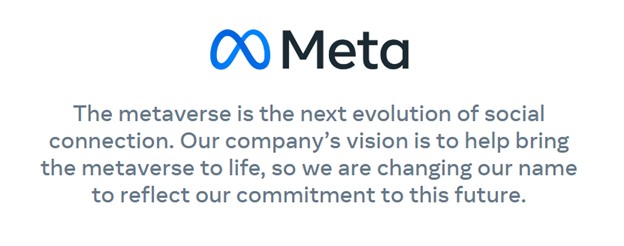Disney's market capitalization had been eviscerated by over 30%, and the stock price hit an irrational 52-week low in early December. Disney's valuation has been in a tug of war between its legacy business model and its streaming initiatives. Disney should be in the sweet spot of capitalizing on the pent-up post-pandemic consumer wave of travel and spending at its parks while being the new and preferred stay-at-home content provider via Disney+. However, the former has been altered due to uncertainty over the newest omicron coronavirus variant while the latter continues to build out content and expand its membership base.
Disney (DIS) has rolled out a wildly successful array of streaming initiatives that catered to the stay-at-home economy during the pandemic. These streaming efforts have transformed Disney's business model, which its legacy businesses will further bolster as the world economy prospects continue to improve and reopen, albeit minor bumps in the road.
Taken together, Disney has set itself up to benefit across the board with its streaming initiatives firing on all cylinders and theme parks coming back online. The company has been posting phenomenal streaming numbers that have negated the negative pandemic impact on its theme parks. This streaming-specific narrative will change as the theme park revenue comes back online and flows into the company's earnings. As a result, Disney presents a very compelling buy for long-term investors as the synergy of its legacy business segments get back online in conjunction with its wildly successful streaming initiatives, all of which have more pricing power down the road to expand margins. Continue reading "Disney - Irrational 52-Week Low"


